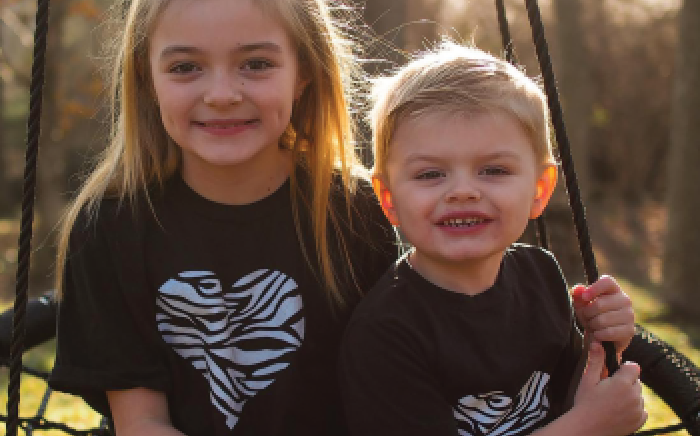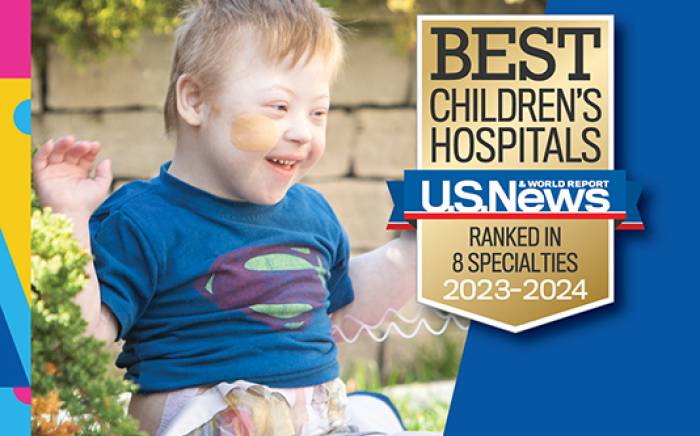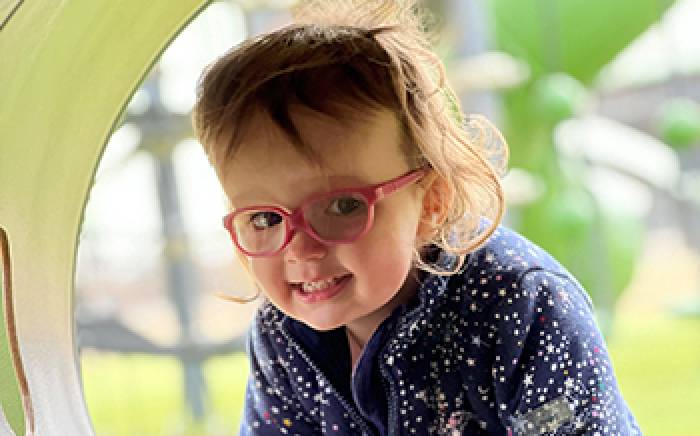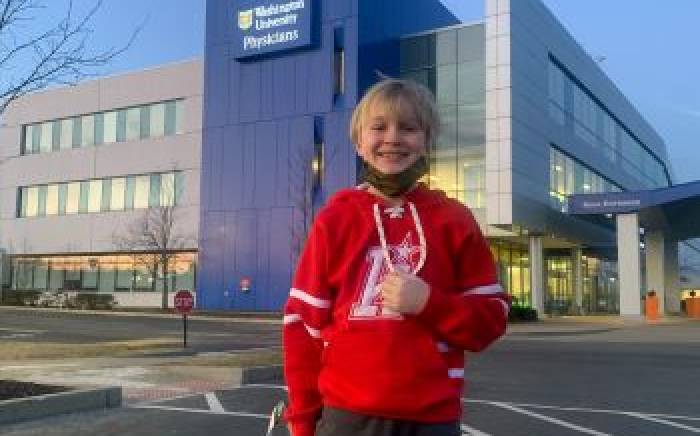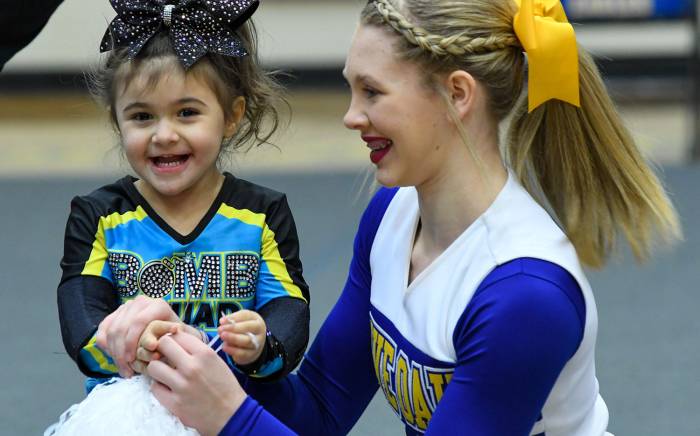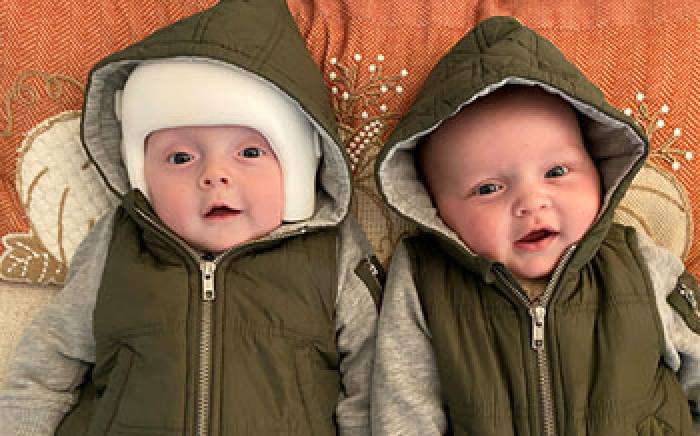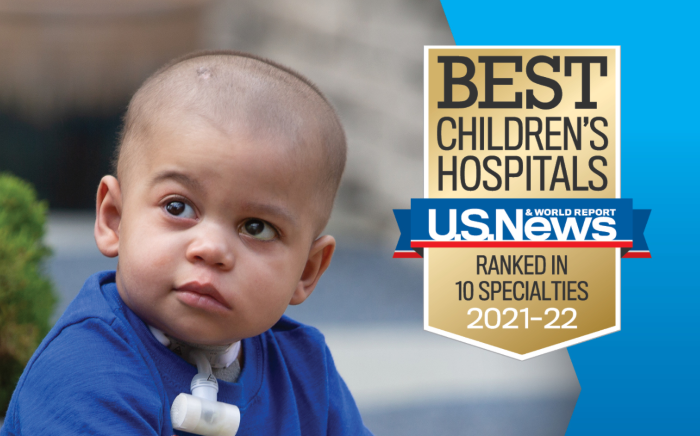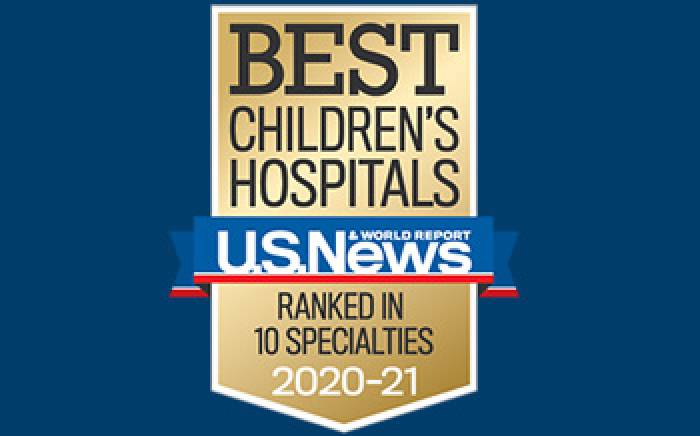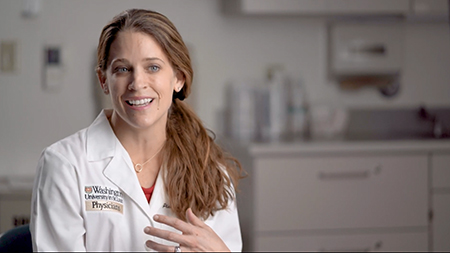
In late 2018, a polio-like illness called acute flaccid myelitis (AFM) was making headlines as cases were dramatically increasing. The frightening illness, which still isn’t understood, attacks the spinal cord and can cause muscle weakness and paralysis in previously healthy children. It’s believed to be caused by a virus.
While the outbreak hasn’t fully subsided, some young patients are finding hope in recovering function with specialized nerve transfer surgery performed by Amy Moore, MD, a Washington University plastic and reconstructive surgeon at St. Louis Children’s Hospital.
Dr. Moore is a pioneer in providing surgical intervention to restore function in children’s lower extremities with AFM.
“A traumatic nerve injury affects nerves and muscles,” she says. “But with AFM, the spinal cord is also affected. That’s why it’s so challenging. Lower extremity nerve transfers are very novel, even in trauma. This is a nerve injury that hasn’t been described before. It may allow the toes to move but not the hips. AFM is an interesting presentation of nerve injury that has allowed me to be creative to restore nerve function. For AFM, the nerve transplant needs to give back major muscular movement, which is new. That’s the pioneering component.”
Dr. Moore’s understanding of nerve regeneration and experience with spinal cord injuries gave her confidence the nerve transfer surgery in the lower extremities for AFM would work. “We apply the same principles of how nerves work to lower extremities,” Dr. Moore says. “Yet this surgery initially was a leap of faith.”
Currently, Dr. Moore is evaluating about two patients each week for potential surgical intervention for AFM.
She says good candidates are those kids who still have some motion of their upper or lower extremities. “If they have that, it gives me hope I can take a donor nerve from the active area and incorporate it elsewhere for more function,” she explains. “Unfortunately, if a limb is lifeless, with no return of movement, that means there is no donor or active live wire to move to the muscle for more improved function.”
After the nerve transfer procedure, patients face months of recovery, although they often go home the day after surgery with just small incisions. But nerves regenerate at a snail’s pace of 1 millimeter per day, 1 inch per month, and 1.5 feet a year.
Because of this slow growth, Dr. Moore says it’s too early to know the surgery’s full benefits. “The surgery is so new and none of our patients have reached where they will be yet. My goal is to return function they did not have previously. At the same point, we don’t know the natural history of how much function a child would recover on their own without surgery. What gives me hope is that my patients often come to me long after they were diagnosed. They start with nothing and after surgery they have something. That’s encouraging but we still have much to learn.”
She explains this carefully to families when she evaluates patients. “I’m very honest that I’m not sure surgery will help, but if it does, then it’s a success. I know if we do nothing, nothing will happen. Many families agree the possibility of movement is worth the risk of anesthesia and a couple of small incisions.”
Yet some successes are quite obvious. One of Dr. Moore’s first patients, Brandon Noblitt, was diagnosed with AFM in 2016. When Brandon came to Dr. Moore, he was wheelchair bound. She performed the first-of-its-kind nerve transplant surgery on Brandon’s lower leg in 2017. A year later, the 8-year-old boy was walking.
“That’s the dream—to restore ambulation and independence,” Dr. Moore says. “That’s a win.”
A week before Brandon was paralyzed by AFM, he had been playing baseball. “AFM is devastating,” Dr. Moore says. “Kids are fine one day and then the next day they can’t move or can’t breathe on their own. It’s so unfair. With the new outbreak, more people are aware of the nerve transfer surgery from families who have already been through it. It caught people’s attention because kids were recovering function they didn’t have before. The family networking and support through social media is like nothing I’ve seen before.”
While she says early referral offers the most opportunity to potentially maximize function, hope remains for patients who have had paralysis from AFM for a few years. “My goal is to take a thoughtful approach to evaluating patients,” Dr. Moore explains. “The solution may not be surgery. Patients may have other options besides nerve transfers such as tendon transfers or moving a muscle to a different place. I recently evaluated a 16-year-old child who had been diagnosed with AFM at age 11. Even now, patients are still coming to me for help because of awareness that there might be hope.”
In 2017, Dr. Moore operated on 12 children from the 2016 AFM outbreak. She anticipates even more surgeries in 2019 from the 2018 outbreak. In 2018, the Centers for Disease Control and Prevention (CDC) confirmed 210 AFM cases of 367 reports of AFM. The CDC says those confirmed numbers could rise. In 2017, there were only 35 confirmed cases. Through Jan. 31, 2019, there has been one confirmed case with six others still under investigation.
The strange illness tends to spike every two years. Dr. Moore says the unknowns are the most frightening part of AFM. “We don’t know enough about AFM and can’t predict it. We’re coming with small numbers to solve a big problem.”
Yet Dr. Moore and other physicians closely following AFM have learned the patterns of the illness. “Whatever extremity is first affected is the worst affected and the slowest to recover if it does at all.”
To address AFM, Dr. Moore has been invited to be part of a CDC task force of surgeons formed in November 2018. The group of 10 multidisciplinary surgeons from large centers around the country have weekly conference calls to discuss their findings, surgical results, and to study AFM.
“It’s exciting to be part of this work group,” Dr. Moore says. “We’re collaborating care and gathering data to better understand from a tissue diagnosis what’s going on. Through tissue collection and study from multiple centers, we should gain a better understanding of recovery patterns after nerve transfer and learn what we need to do to treat this rare, but frightening diagnosis.”




